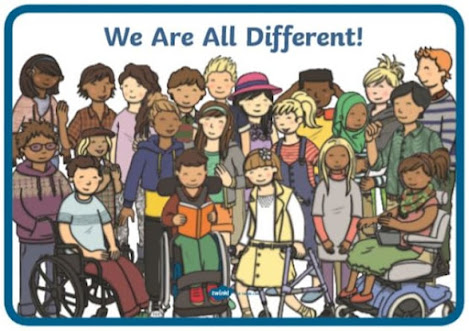The number of immigrants in the US has been growing more and more, and it was as big as 44.9 million in 2019 (
Batalova et al., 2021). Most people know at least one person, who came here in the US from another country, and it can be their friend, family member, coworker, classmate, neighbor, etc. Immigrants can play important roles anywhere in society including companies or organizations, and therefore they should be best educated for their bright future. However, unfortunately, many immigrants have felt uncomfortable with the way they are treated. According to
Szaflarski and Bauldry (2019), the longer immigrants have lived in the US, the poorer their mental health is, and one of the major stressors is discrimination against them. They face discrimination that are related to many factors including linguistic and cultural barriers on a daily basis, but most people don’t realize what they are going through. If you can successfully include immigrants in your environment, especially workplaces and classrooms, not only will they spend more comfortable and successful lives in the US, but also they will strengthen your organization. This page is for local activists and organizational actors, including local schools and companies, to make social changes together.
One of the values that schools should look for is Relationship-Oriented School Climate. The
National School Board Association (2018) explains that successful schools “support positive behavior and build healthy, supportive relationships and a sense of community both between and among students and staff. In them, students have frequent opportunities for participation, collaboration, service, and self-direction, all strengthening their connection to the school” (para.11). This means that if schools ensure that their students and teachers have healthy and positive relationships between and among each other, the school will grow as a whole. However, this cannot be achieved as long as there is discrimination against certain groups of students, and one of those groups is immigrant students. According to
Camera (2016), a quarter of all students age 18 or under in the US are first generation or second generation immigrants. Including students who are 19 or older, the number will be even bigger. Therefore, if schools can eliminate the discrimination against immigrant students, they will make significant difference in thier achievement. Also, a value companies and businesses should look for is diversity. When companies and businesses establish great diversity, they are more likely to succeed because diverse people will bring different creativity, innovation, and skills. Hiring immigrants is the great way to improve diversity in workplaces, however, the fact is that there are nearly 2 million college-educated immigrants who have low-skilled jobs by which they waste their brain and skills
(Romero, 2020). In other words, if companies and businesses successfully include immigrants and work together with their brain and skills, they will be more successful than ever.
My goal of ending discrimination against immigrants in 5 years needs your support. With my own effort, the change I can make is very small. If schools and companies work together towards the goal, we can make big changes because school and work are the essential aspects of life that almost everyone goes through. Everyone, including US-born citizens and immigrants themselves, needs places to learn about and practice inclusion and respect to each other, and they also need leaders who show how to do so.
Try learning their language first. — The most common reason why people discriminate against immigrants is because of their language barrier. Some people expect everyone to speak English naturally and don’t even treat those who don’t speak English as humans. If you ever get frustrated by someone not speaking or understanding English, think about how much you would be able to communicate in their language.
Information References
Batalova, J. et al. (2021).
Frequently requested statistics on immigrants and immigration in the United States. Migration Policy Institute.
https://www.migrationpolicy.org/article/frequently-requested-statistics-immigrants-and-immigration-united-states-2020




Comments
Post a Comment